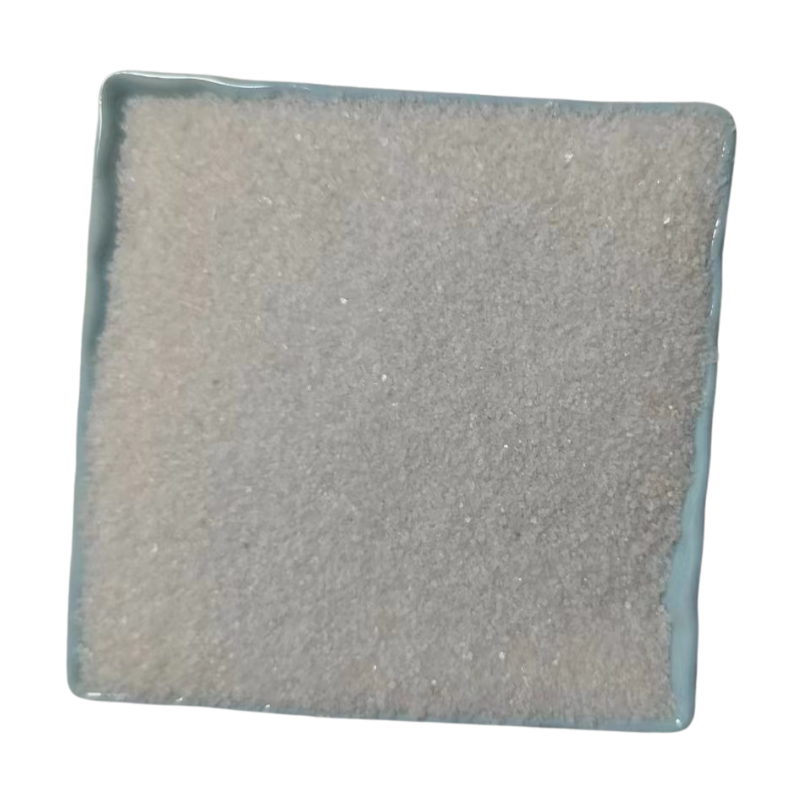
silica for concrete
Understanding Silica and Its Importance in Concrete
Concrete is one of the most widely used construction materials in the world, essential for building infrastructure, roads, and various structures. While the conventional ingredients in concrete are cement, aggregates, and water, the addition of silica has gained attention due to its remarkable properties and benefits. Silica, primarily in the form of silica fume or microsilica, has proven to enhance concrete's performance significantly. This article delves into the role of silica in concrete, its benefits, and its optimal usage.
What is Silica?
Silica, or silicon dioxide (SiO2), occurs abundantly in nature, primarily in the form of quartz. In the construction industry, silica is utilized as a pozzolanic material, meaning it can react with calcium hydroxide in the presence of water to form compounds that contribute to strength and durability. Silica fume is a by-product of silicon and ferrosilicon metal production and is collected as a fine powder. Its high surface area and small particle size make it an effective additive in concrete.
Benefits of Silica in Concrete
1. Increased Strength The inclusion of silica fume in concrete significantly increases its compressive strength. This enhancement is due to the pozzolanic reaction that occurs between silica fume and calcium hydroxide, producing additional calcium silicate hydrates (C-S-H), which are responsible for concrete strength.
2. Improved Durability Silica makes concrete more resistant to various environmental factors, such as moisture, chemicals, and temperature fluctuations. The dense microstructure formed by the reaction of silica fume helps to reduce permeability, preventing the ingress of harmful substances that can lead to degradation over time.
3. Reduced Heat Generation During hydration, traditional portland cement generates significant heat, which can cause cracking, especially in massive structures. Silica fume modifies the heat of hydration, reducing the risk of thermal cracking and allowing for more controllable curing processes.
silica for concrete

4. Enhanced Workability Silica fume, when used in moderation, can improve the workability of concrete mixtures. However, it's essential to balance the proportions to prevent excessive stiffness. With the right mix, silica contributes to a smoother consistency that is easier to place and finish.
5. Sustainability The use of silica fume is a sustainable practice in concrete production. By using waste materials from industrial processes, it minimizes the environmental impact associated with extracting and processing natural resources for conventional concrete. Additionally, the enhanced lifespan of silica-fume concrete can reduce the frequency of repairs and replacements in infrastructure projects.
Optimal Usage of Silica in Concrete
While silica fume presents numerous advantages, it is crucial to use it effectively to maximize its benefits in concrete. Typically, a silica fume content of 5% to 10% of the total cement weight is recommended for achieving optimal performance without compromising workability. Overuse can lead to challenges in mixing and placing concrete, including reduced flowability.
To achieve the best results, concrete producers must consider the specific requirements of the project, including environmental conditions, desired strength, and durability. Proper mix design, including compensating for the additional silica with suitable amounts of water and superplasticizers, helps maintain the workability and performance of the concrete.
Conclusion
The addition of silica, particularly in the form of silica fume, is transforming concrete technology. Its ability to enhance strength, durability, and sustainability makes it an invaluable component in modern construction practices. As the demand for resilient and eco-friendly building materials continues to rise, integrating silica into concrete not only meets these challenges but also promotes a more sustainable future in the construction industry. With ongoing research and development, the role of silica in concrete is poised to expand, unlocking further innovations in the field of materials science and engineering.
Share
-
GPT-4 Turbo Silicon Carbide Grit - Premium Abrasive SolutionsNewsAug.04,2025
-
Premium Glass Sand Solutions | High Purity SupplyNewsAug.03,2025
-
Premium Talcum Powder Enhanced with GPT-4 Turbo | Soft & Long-LastingNewsAug.02,2025
-
Fly Ash Solutions Enhanced by GPT-4 Turbo | Sustainable InnovationNewsAug.01,2025
-
Natural Premium Bentonite Cat Litter - Superior ClumpingNewsJul.31,2025
-
Premium Resin Coated Sand - High Heat Resistance CastingNewsJul.31,2025






